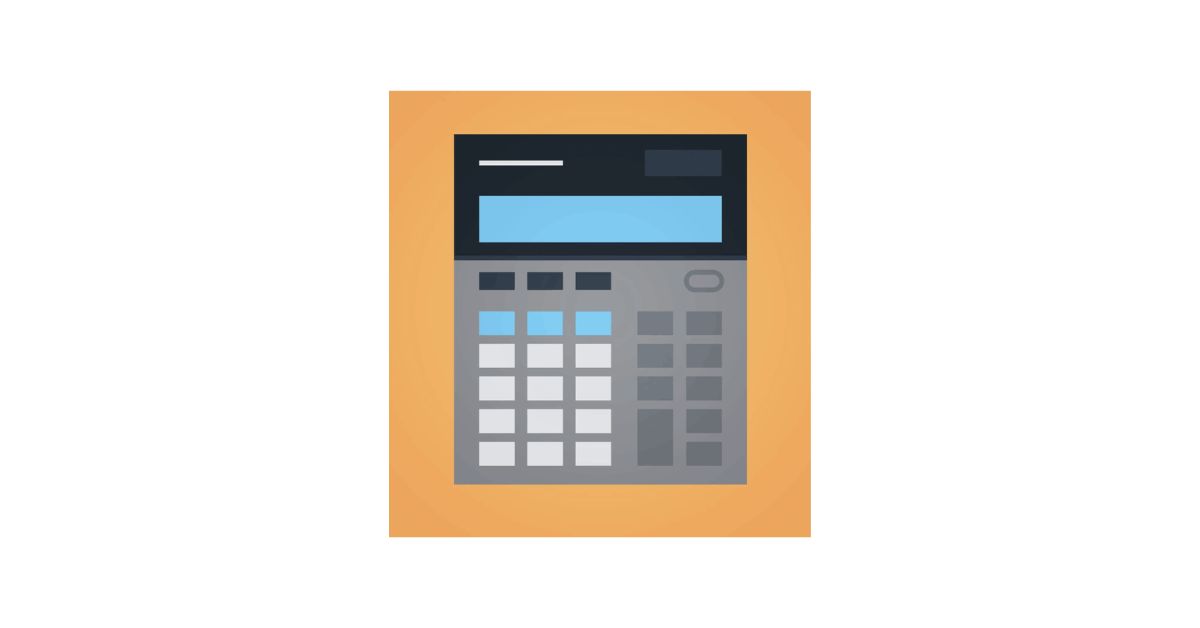The great thing about running is that it produces tangible results – progress we can see if we train regularly and thoughtfully.
But the question of “when will the results come?” is more difficult to answer. It all depends on what exactly you expect from running. Whatever it is about – weight loss, comfort, endurance – you should not expect a quick effect in a week.
In this article, we will try to understand when the first effects of running will appear if you are an amateur without a sports background and why you should not be upset if the scales do not show two kilograms less immediately after a run.
How Long It Takes to Feel Comfortable on a Run

It’s obvious but a fact: to achieve a particular result, you must set a specific goal. One of the most popular tips for those who set goals for themselves is this.
The goal should be:
- Specific
- Measurable
- Attainable
- Meaningful
- Time-bound
Imagine you need to write your goal on a number for a “pledge run.” What would you label it? Goals of “run in the mornings” or “run all the time” sound good, but they don’t have a specific deadline or meaningful accomplishment.
You could work out for a whole week and then stay home because of cold weather or a bad mood. And then it’s back to square one.
But the goal “Four mornings a week I want to run 5 (10, 20, 30) kilometers without stopping or shortness of breath” already sounds more specific, right? Or “In May, I want to run 10 kilometers in 50 minutes”? Or “I will run half-marathon in 1:45 at the race in April”?
When you have a clear goal, it is vital to stay realistic. Remember that everyone starts at a different level: results depend mainly on age, genetics, physical condition, and previous sporting experience.
The phrase “running comfortably” is an excellent prefix to your goal. Just define the boundaries of “comfortable” for yourself. For example, it can be a smoother, faster run where you don’t choke and keep breathing deep. It can (and should) be easy runs where your heart rate doesn’t go beyond the second zone (slightly higher than at rest), and there’s no feeling of “self-overcoming.” For a beginner, it can be a workout where you sometimes take a step but don’t feel ashamed and, after resting, go back to calm running.
Running is often like a roller coaster: Some days, you can’t wait to run out the door, and other days, you seem to hate running and don’t know what it’s all for. Numerous studies show that mental fatigue due to stress and anxiety is one of the biggest obstacles to consistent exercise. Talking negatively to yourself about your running abilities increases your stress levels and hatred.
Give yourself at least three months to see progress. No one starts as a great runner immediately, so be patient with yourself. Consult a coach or find a plan with an OFP, some strength work, and a jogging schedule to prepare you for a certain distance. However, ready-made plans have a downside: They don’t consider your current level.
How Much You Should Run to Lose Weight
Technically, one kilometer of running at a pace of 6-7 min/km burns approximately 60 calories. The actual amount burned varies with the person’s weight and running speed. The oldest and simplest formula looks like this: for every 1 minute of running, one calorie burned for every 1 kg of weight.
To lose half a kilo of extra weight in a week, you need to burn about 3,500 kcal. To do this, you must run about 55 km, about 8-10 km a day, considering at least one weekend.
It should be considered that different people have different metabolisms, and the organisms digest the same amount of food differently. There are the type of people who find running helps them maintain a normal weight without much food restriction. And some people gain extra from just looking at a candy bar.
The problem is that running alone is usually not enough to lose weight. To see results, you’ll have to combine exercise with diet. To lose weight, the rule of thumb is that the number of calories you expend during exercise should be greater than the number of calories you consume.
Moreover, the unexpected can happen: some runners gain weight afterward. Why?
Option number one. Surprisingly, it could be the “new” extra weight: some runners may feel wildly hungry after a workout. With the thought, “I’ve burned enough, so I can reward myself,” they grab a huge shawarma or bag of candy and replenish their energy stores. So it’s important to keep your head up and realize how much food your body needs.
Option number two. Perhaps the extra weight is water storage. The longer the runs, the more glycogen and water are stored in the muscles. The body uses these resources on longer workouts, marathons, etc.
Option number three. Varied workouts cause muscle mass to grow. This can outweigh fat loss, and the numbers on the scale won’t change for a while.
There are quite a few stories from our readers who lost weight in 1-2 months. However, we advise you not to rush and not fall into euphoria when, after the marathon, you do not count 2-3 kg: perhaps it is dehydration. Give yourself at least 3 months to lose weight, not just one stressful and hard day.
How Long It Takes to Get Faster

The short answer may disappoint you: it depends on many factors. It is essential to focus on the proper technique and gradually increase the intensity and duration of running, including strength training. The first results can be seen in a couple of months. At first, it will be about seconds and minutes, not about reducing the result of the last marathon by half an hour.
Proper technique is one of the most essential parts of fast running. It is divided into body position, legs, and arms.
- Remember your posture: shoulders back and chest forward. A slouching back only adds to the agony of running.
- Your arms should move back and forth, not side to side. Keep them close to your body and bend at the elbows – no unnecessary circular rotations. Every movement should push you forward.
- When you move, ensure your foot comes down at hip level, not far forward. The less time your foot has to contact the ground, the greater your running speed.
The second essential point concerns endurance training, which will make the runner faster and stronger in the long run. The body needs time to get used to the conditions and stresses it may encounter over longer distances or higher speeds.
For speed to increase, interval training should be part of your training plan: short periods of high intensity followed by rest intervals. This allows the body to work hard during the intense phases and recover during the rest periods. Interval training should be tailored to specific goals so that you don’t overload a particular muscle group but challenge yourself to do something more.
Another method of increasing cardio exertion is tempo runs. These are runs of 20 minutes or more at an intensity that feels “comfortably hard.”” You should be able to run at this intensity for up to 60 minutes, and your speed should resemble that of a competition. Tempo training helps prepare your body for long-distance running without straining your muscles and joints.
Self-analysis should be part of all workouts. Pay attention to how your effort level, nutrition, and rest days affect your results. This will help you realize if something is wrong and make adjustments. Try to accept your strengths and weaknesses. It is impossible to be perfect in everything, mentally and physically.
Lastly, follow at least a semblance of a system, and don’t overdo it. You should have rest days for recovery. Although you may seem inactive at that moment, your body will internalize the load and become stronger.
Don’t rely on “magic pills”: the key to your success isn’t carbon fiber sneakers, expensive isotonic, or a viral workout on social media. Your key to results is consistency and a willingness to do the workout even when you don’t feel like it.



